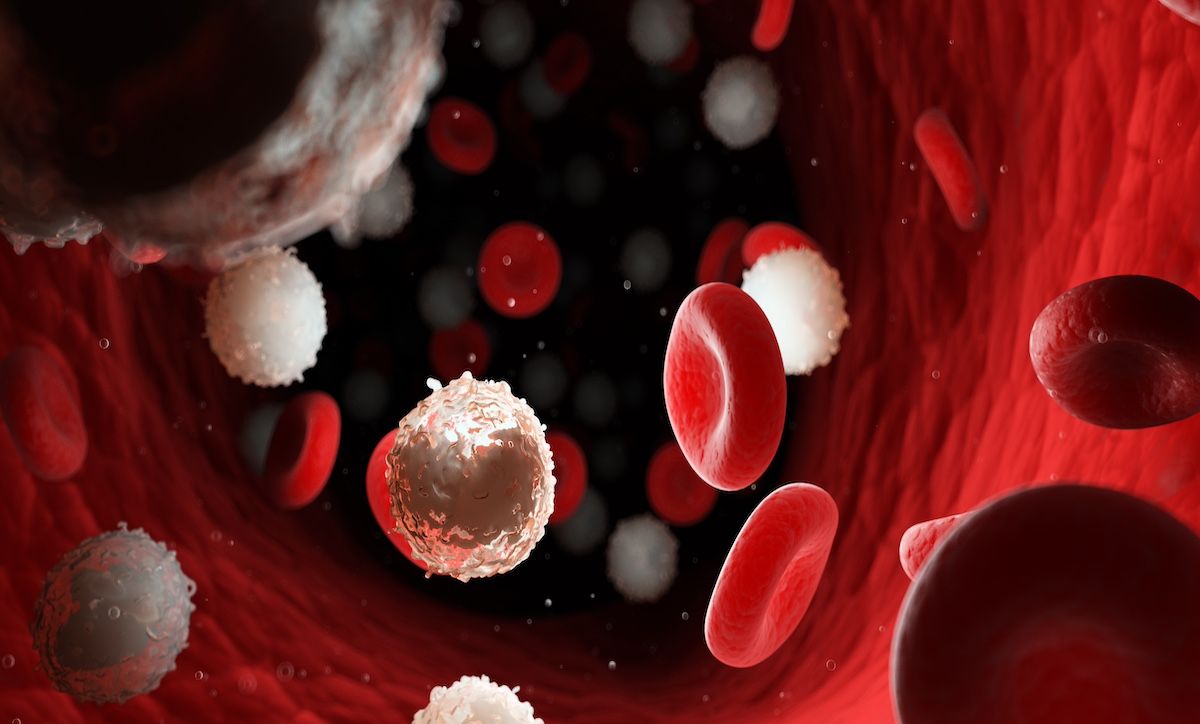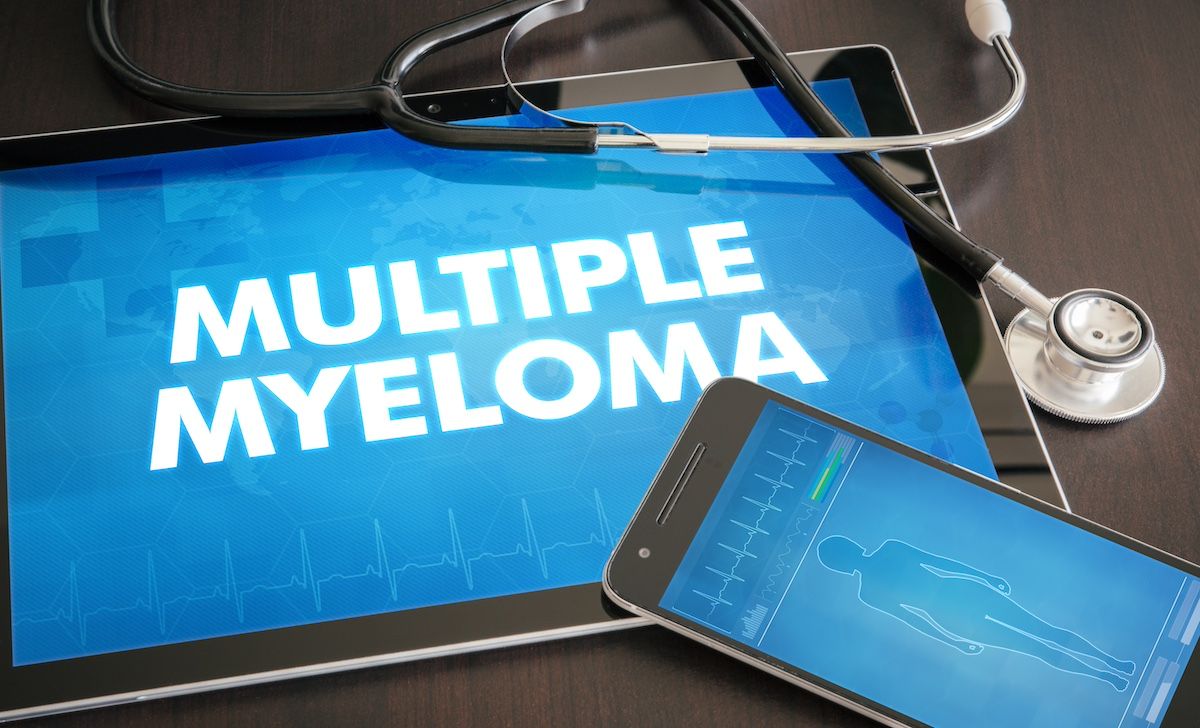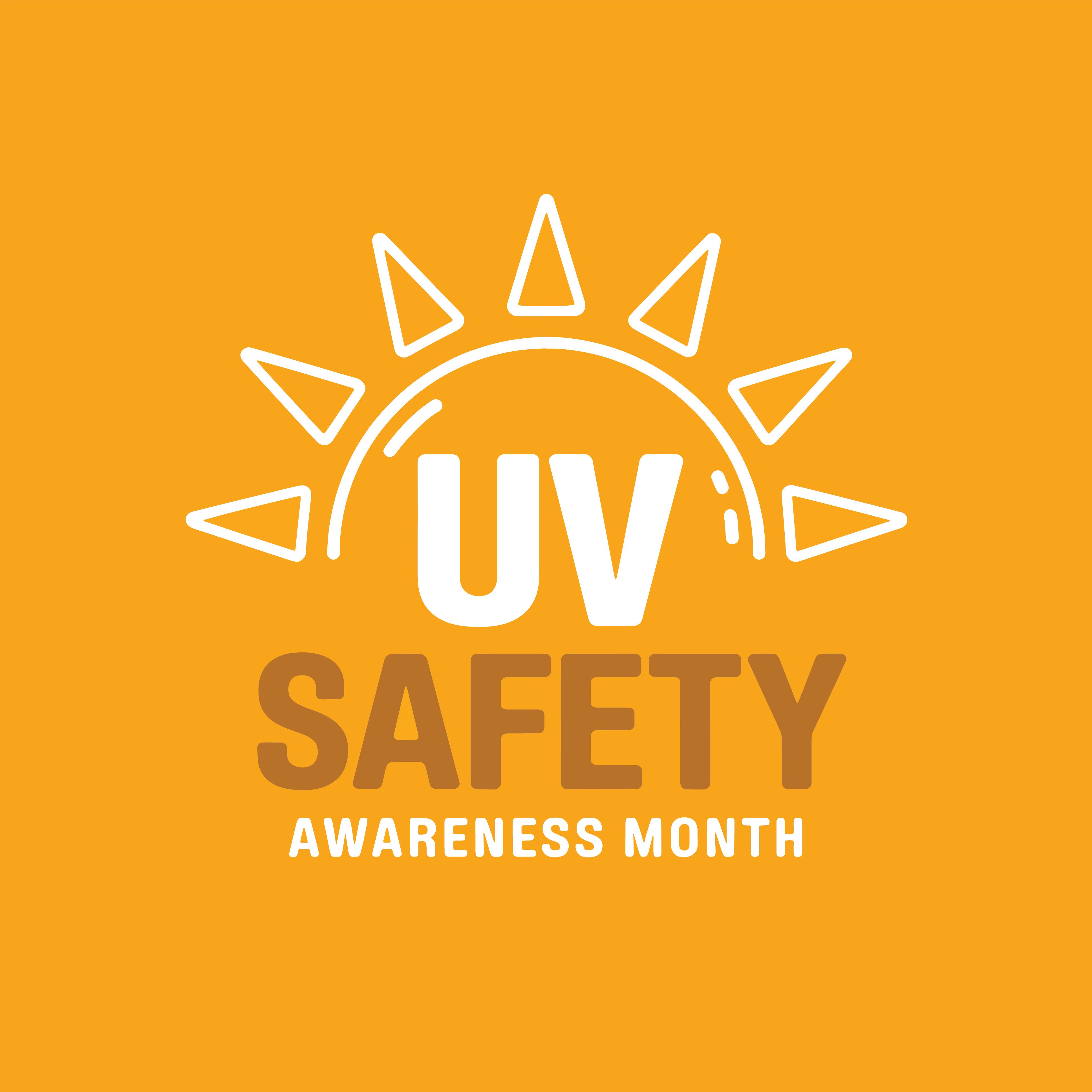Article
American College of Physicians Recommends More Use of Generic Medications
Author(s):
The American College of Physicians has published a paper in the Annals of Internal Medicine that advices clinicians to prescribe generic drugs whenever possible.
With increasing healthcare cost discussions, physicians and physician organizations are not just paying attention, they are lending their voice to the conversation. While the American Board of Internal Medicine’s Choosing Wisely recommendations have been adapted and personalized by various professional bodies like the American Society of Clinical Oncology and American Society for Radiation Oncology, several of these recommendations were developed to primarily address the quality of care rendered, although some do have a bearing on the cost of care as well.
Now, the American College of Physicians has published a paper in the Annals of Internal Medicine that advices clinicians to prescribe generic drugs whenever possible. The paper was based on a literature review that attempted to answer the following questions:
· How commonly are brand-name medications used when a generic version is available?
· How does the use of generic medications influence adherence?
· What is the evidence that brand-name and generic medications have similar clinical effects?
· What are the barriers to increasing the use of generic medications?
· What strategies can be used to promote cost savings through greater generic medication use?
The authors conducted a literature search in Google Scholar in the year 2014—5 “key” articles that provided high-quality relevant data to answer the above questions were identified, and each article these formed the source of 100 related articles. Once the pool of articles was generated, the authors retained those articles that provided empirical data with clinical outcomes.
The literature review found several examples where generic drug use or “generic substitution” resulted in substantial cost savings. One such study that looked at a nationally-representative sample of patients between 1997 and 2000 found that generic versions of brand-name prescription drugs could potentially reduce drug spending by $5.9 billion (based on average wholesale prices). Another study that was reviewed predicted Medicaid could have been saved $329 annually with generic substitutions in only 20 therapeutic classes. The authors also quote a study conducted by the pharmacy benefits manager Express Scripts, which found that a therapeutic interchange to low-cost therapies in commercially-insured persons for 8 classes of medications could translate into $20 billion in savings (could cover 3.6 million uninsured persons).
Barriers identified to the use of generic medications include a general perception of clinical inefficiency of generics. Most patients, a national survey found, believe generics and less expensive medications do offer greater value—and could save the country money—but only 36% admitted to using generics themselves.
The authors then propose several strategies for providers, payers, and patients to promote adoption of generic drugs. These include greater use of electronic medical records, continuing medical education, and providing samples of generics for physicians. Targeted as well as large-scale education of patients on generic brands could, the authors believe, improve acceptance by patients. Additionally, tiered formularies, prior authorization, and step therapy are some payer strategies that the authors suggest—most of which are already being used in practice by health plans.
Newsletter
Stay ahead of policy, cost, and value—subscribe to AJMC for expert insights at the intersection of clinical care and health economics.





